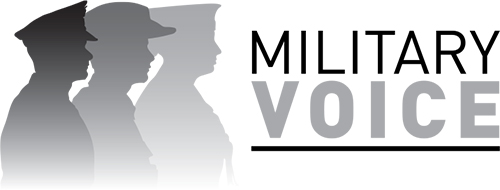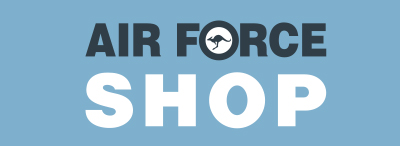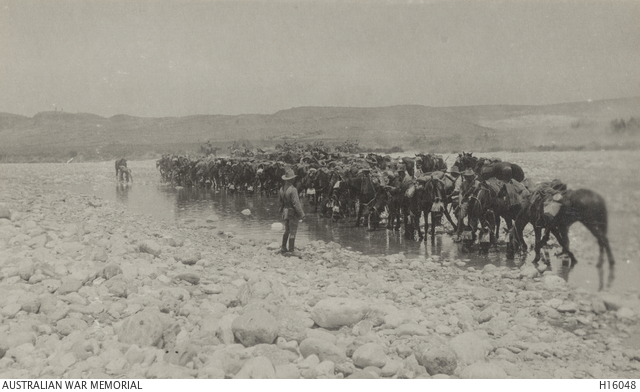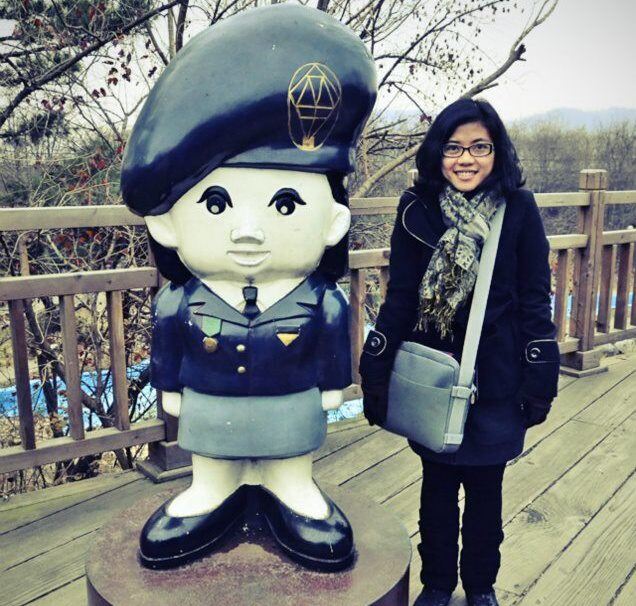Australian Light Horse in World War I
The Light Horse Regiment holds a special place in the hearts of all Australians. The mere mention of the Light Horse conjures images of brave men on their trusted Waler mounts, displaying great horsemanship and courage. The Light Horse Regiment is a reminder of the powerful bond between men and their horses. This bond was forged through years of shared hardships and triumphs, and it is a testament to the strength and fortitude of both man and beast.
Before the war
Before World War I, the Light Horse Regiments were mainly used for territorial defence and reconnaissance. Their role included maintaining order in remote areas and patrolling Australia's vast expanses.
Soldiers who joined the Light Horse
When World War I began, many soldiers with horse experience eagerly joined the Light Horse. These men were skilled horsemen, often from rural backgrounds, and brought their horses with them when they enlisted.
 The Unbreakable Bonds Australian Light Horse Figurine, one of the best-selling figurines this year
The Unbreakable Bonds Australian Light Horse Figurine, one of the best-selling figurines this year
Horses in the army
The horses used by the Australian Light Horse were known as Walers, a sturdy and resilient breed well-suited to the harsh conditions of warfare. They were valued for their endurance, strength, and adaptability.
Light horsemen in combat
As Mounted Infantry, the light horse were not cavalry, but rather had to do the same job as all infantry, with increased mobility. This allowed them to be tasked with reconnaissance, screening patrols, and protection of other troops, whether halted or on the march, from surprise attack. They would operate in sections of four in battle. The lead rider would bring the horses to safety and either stay with them or secure them and join the fight himself when they were close enough to join.
Service in Gallipoli
The Light Horsemen and their mounts saw action in several theatres of war, including Gallipoli. Although they had initially been deployed as infantry without their horses, the Light Horse played a crucial role in the Gallipoli campaign, providing much-needed reinforcements and participating in critical battles such as the Battle of Lone Pine.
In 1917, while most light horsemen were serving in the deserts of Egypt and Palestine, some also saw action on the Western Front at Bullecourt, Ypres and Passchendaele. However, the most famous engagement involving the light horse was the Charge at Beersheba in October 1917.

The Charge at Beersheba was a courageous and bold attack by the 4th Light Horse Brigade. Eight hundred men galloped across miles of open desert, bayonets in hand, to storm the town. The Turkish defenders had expected the troops to dismount and fight on foot, but instead the 4th and 12th Light Horse regiments charged on, leaping the defenders and taking the town and its vital water wells. This speedy victory turned the tide in the Allied push into Gaza and Jerusalem.
Below are some of the frequently asked questions about the Australian Light Horse:
Letter From Home Australian Light Horse Limited Edition Figurine
What happened to the Australian Light Horse?
After World War I, the Australian Light Horse units were disbanded. Their horses were mainly left behind due to quarantine restrictions. Some light-horse units continued to serve in Australia but eventually transitioned to mechanised infantry and cavalry units.
Where did the Australian Light Horse fight in WW1?
The Australian Light Horse fought in Gallipoli, the deserts of Egypt and Palestine, and the Western Front at Bullecourt, Ypres, and Passchendaele.
How many light horsemen died at Beersheba?
31 light horsemen were killed during the Charge at Beersheba.
When was the last charge of Australian Light Horse?
The last charge of the Australian Light Horse was the Charge at Beersheba on 31 October 1917.
How many Australians died at Beersheba?
In total, 31 Australians were killed in action during the Charge at Beersheba.
What happened to the horses of the Light Horse Brigade?
Due to quarantine restrictions, most of the horses of the Light Horse Brigade were left behind after World War.
Commemorating the Light Horsemen
The courage and dedication of the Light Horsemen continue to be remembered and celebrated in Australia. Memorials, museums, and commemorative events pay tribute to these brave soldiers and their trusted mounts, ensuring their legacy is preserved for future generations.
Our Charge at Beersheba collection remembers this historic charge. This landmark collection of limited edition figurines celebrates the Australian Light Horse – the men; their trusted Waler re-mounts, and the charge that changed history. Explore this collection here.













Leave Comment